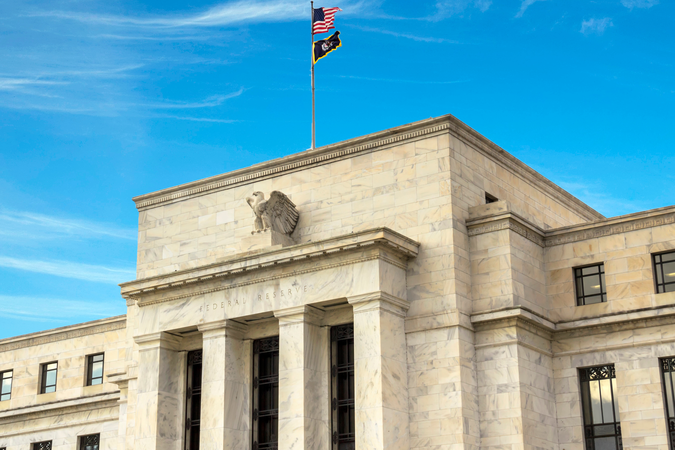Inequality in Agency Response: Evidence from Salient Wildfire Events
This paper finds that experiencing nearby wildfires raises the salience of wildfire risk and leads agencies to place a greater number of risk reduction projects nearby, even when wildfire risk has already been reduced. This effect predominates among high socioeconomic status communities, especially higher income, more educated, and whiter communities.
Abstract
Government agencies may be an additional source of unequal representation beyond that stemming from the differential responsiveness of elected officials. We use plausibly exogenous focusing events, which raise public demands for government provision of local public goods, to examine evidence of inequality in agency decision-making. Using the empirical case of wildfire risk management in the western United States, we find that experiencing nearby wildfires raises the salience of wildfire risk and leads agencies to place a greater number of risk reduction projects nearby, even when wildfire risk has already been reduced. This effect predominates among high socioeconomic status communities, especially higher income, more educated, and whiter communities. Empirical evidence is consistent with a formal model in which public agencies perpetuate inequality due to differences in the costs of lobbying across demographically varying communities and differences across communities in the benefits to agencies of responding to their demands.
Authors

Sarah E. Anderson
University of California, Santa Barbara

Andrew J. Plantinga
University of California, Santa Barbara




